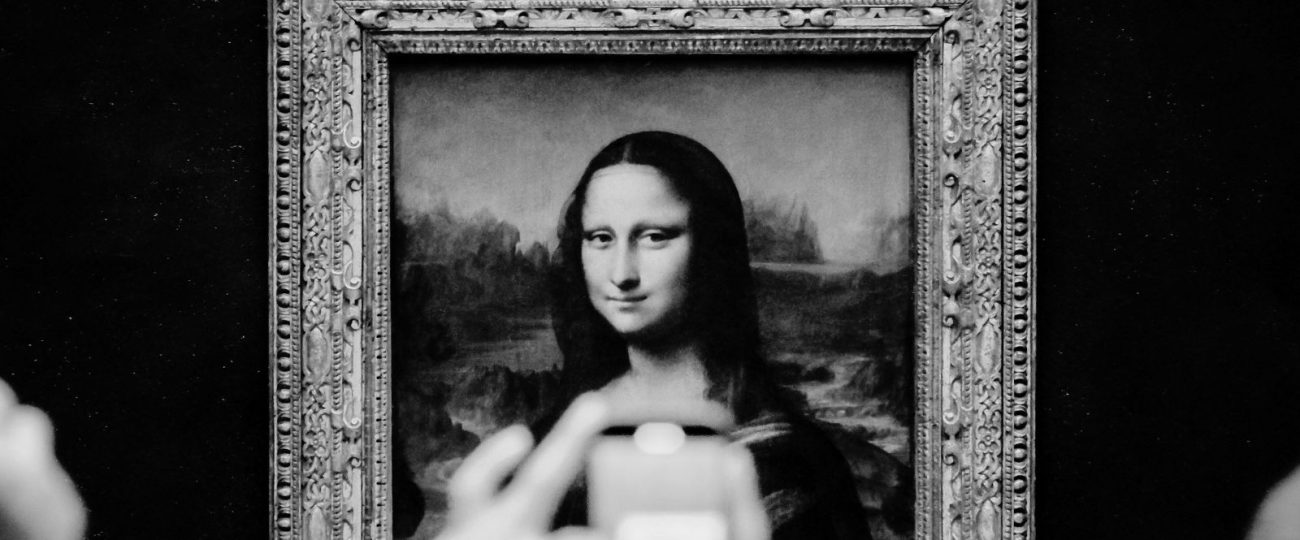What Happened On August 21st?
On the morning of August 21, 1911, the world’s most famous painting vanished from its place in the Louvre Museum in Paris. The Mona Lisa, painted by Leonardo da Vinci in the early 16th century, had become an icon of art, admired for its enigmatic expression and delicate brushwork. However, on this day, the painting’s fame took on a new dimension when it was stolen, plunging the art world into chaos and turning the Mona Lisa into a global sensation.
The theft occurred on a Monday, the day the Louvre closed for cleaning and maintenance. The museum’s usual bustle was absent, and the empty halls provided the perfect cover for a daring act. Vincenzo Peruggia, an Italian handyman who had worked at the Louvre, executed the heist with remarkable simplicity. Dressed in the museum workers’ white smock, he walked unnoticed through the galleries and into the Salon Carré, where the Mona Lisa hung. Peruggia removed the painting from the wall, hid it under his smock, and calmly exited the museum through a side door. His knowledge of the Louvre’s layout and his previous work experience allowed him to move swiftly without arousing suspicion.
The theft went unnoticed until the next day. A painter who had come to the Louvre to study the Mona Lisa discovered the empty wall and asked a guard when the painting would be returned. The guard, assuming the painting had been taken for photography or cleaning, reassured the painter. It wasn’t until the museum staff checked with other departments that the horrifying truth emerged: the Mona Lisa had been stolen. Panic ensued, and the Louvre was shut down immediately as the police were called in to investigate. The news spread quickly, and within hours, the theft of the Mona Lisa became a global headline.
The police launched an intensive investigation, questioning museum staff, artists, and anyone who might have had access to the Louvre. The search extended beyond France, as authorities alerted international borders to prevent the painting from being smuggled out of the country. Despite these efforts, weeks turned into months with no sign of the painting or its thief. The public’s fascination with the Mona Lisa grew even more intense during its absence, as newspapers around the world speculated on its fate. Parisians flocked to the Louvre not to see art, but to stare at the empty space where the Mona Lisa had once hung. The theft also sparked an unprecedented interest in art security, leading museums worldwide to reevaluate their protective measures.
Among the suspects questioned was the famous poet Guillaume Apollinaire, who had once called for the Louvre to be burned down. Apollinaire was arrested and interrogated, but he denied any involvement in the theft. During his questioning, he implicated his friend Pablo Picasso, who also faced police scrutiny. Picasso, already a rising star in the art world, feared the scandal would ruin his reputation. However, both men were eventually cleared of any involvement, and the case remained unsolved for over two years.
What many did not know at the time was that Vincenzo Peruggia had stolen the painting out of a misguided sense of patriotism. Peruggia believed the Mona Lisa, an Italian masterpiece, belonged in Italy and not in France. He kept the painting hidden in a trunk in his small Paris apartment, waiting for the right moment to return it to his homeland. Peruggia’s apartment, located just a short distance from the Louvre, became the unlikely hiding place of the world’s most famous painting. The painting lay undisturbed in this modest setting, far removed from the grandeur of the Louvre, as Peruggia bided his time.
In late 1913, more than two years after the theft, Peruggia decided to bring the painting back to Italy. He contacted an art dealer in Florence, offering to sell the Mona Lisa. The dealer, suspicious of Peruggia’s story, agreed to meet him but also informed the director of the Uffizi Gallery, Giovanni Poggi. When Peruggia arrived with the painting, Poggi recognized it immediately and persuaded Peruggia to leave it with him for verification. Believing his mission complete, Peruggia left the Mona Lisa in the hands of Poggi, who promptly alerted the authorities. Peruggia was arrested, and the painting was recovered unharmed.
Peruggia’s trial in Italy became a sensation, with many Italians regarding him as a national hero. He claimed he had acted out of patriotism, intending to return the Mona Lisa to Italy, where he believed it rightfully belonged. His defense, coupled with the widespread admiration for his audacity, led to a relatively lenient sentence. Peruggia served just over a year in prison before returning to a quiet life, while the Mona Lisa was returned to France in early 1914, with great fanfare. The painting’s return to the Louvre was celebrated as a national triumph, and its fame, now magnified by the theft, attracted even larger crowds.





